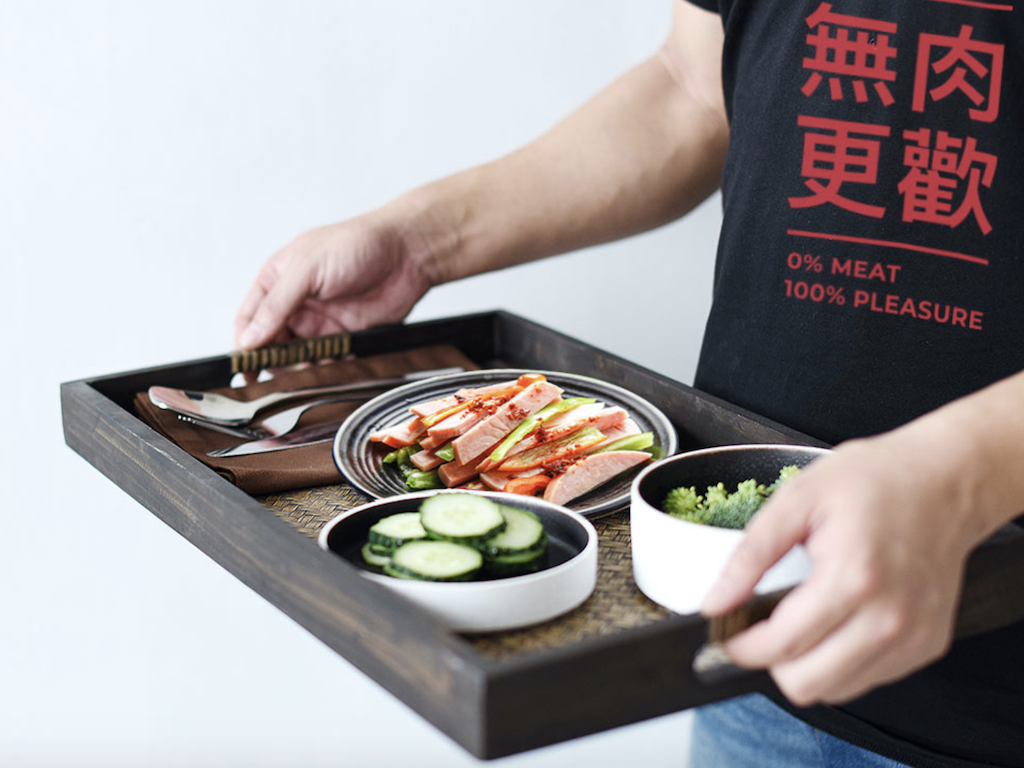4 Mins Read
Targeting China’s 700 million younger consumers will be vital to the growth of alternative protein in the country, says a new report. Analysts say this demographic of shoppers already have an “appetite for change” and are open to trying novel food products. However, producers will still have to meet expectations of taste and price to reach mass adoption.
Researchers say that China’s enormous under-40 population of 700 million is going to be the major driver behind alternative protein. The 200-page report, released by consulting firms Gira and IQC, examined the current state of the alt-protein market in China. Researchers based their findings from polls and interviews conducted with more than 50 industry stakeholders.
‘Young China has an appetite for change’
Gira and IQC researchers believe that the younger generation of consumers in China are already positioned to respond well to new alt-protein products.

“China is uniquely change-friendly,” wrote the authors. “[This] highly adoptive and adaptive consumer class doesn’t just embrace progress, it expects it. Positioning new products to appeal to China’s younger upwardly mobile demographic will be fundamental.”
There are several reasons why Chinese consumers are turning to meat and dairy substitutes, but the primary concern is food safety. The authors point to the rise in ongoing livestock diseases such as ASF and Avian influenza.
“Recurring food safety scandals have heightened consumer sensitivities around the adverse effects of industrialised animal agriculture,” says the Gira-IQC report. “[It] opened the door for viable alternatives.”
Homegrown brands will be leading ‘next phase’
While still in its early stages, China’s alternative protein market has grown over recent years. So far, much of it has been driven by foreign players such as Beyond Meat and Oatly. But the report predicts that this will soon change with the arrival of domestic food techs.
Local challenger brands [are] competing to define defensible touch points with a growing segment of curious consumers.

“There is a fast-expanding cohort of local challenger brands competing to define defensible touch points with a growing segment of curious consumers.”
Homegrown Chinese firms have an advantage because they’re able to discern the intricacies of local Chinese cuisines and preferences. They are able to create products that can be better incorporated into traditional dishes, for instance.
Similar conclusions were made recently by experts at GFIC, who highlighted the importance of adapting to local cuisine.
Government support
One factor that is likely to accelerate the rise of China’s alternative protein market is government support.
“Structural support and endorsement from the Government of China, both direct and indirect, is seen as a critical enabler for the industry’s mid to long-term ascendence,” it said.
Earlier this year, the Chinese government-affiliated institute established the first voluntary standard for the industry. According to the researchers, government and industry stakeholders they interviewed acknowledged the need for novel protein solutions.
“[There is] clear awareness…in regard to transitioning China’s current ~$800bn animal protein and dairy market towards a more sustainable future, and that alternatives have a place in this process,” wrote the authors.

Quality, centred on the taste and nutritional profile, and price.
Taste and cost still key
While animal welfare and environmental issues are key drivers for consumer adoption in Western markets, other concerns dominate Chinese consumer priorities.
“The two key metrics for successful alt protein products are quality, centred on the taste and nutritional profile, and price.”
Researchers advised alternative protein players to focus on developing localised, tasty, and affordable products in order to achieve success.
“We want to provide clarity on China’s fast-moving, nuanced alternative protein market,” explained James Caffyn, director of strategy and due diligence at Gira. “The report acts as a preliminary input to help companies develop a go-to-market strategy with success.”
Lead image courtesy of Hey Maet.




